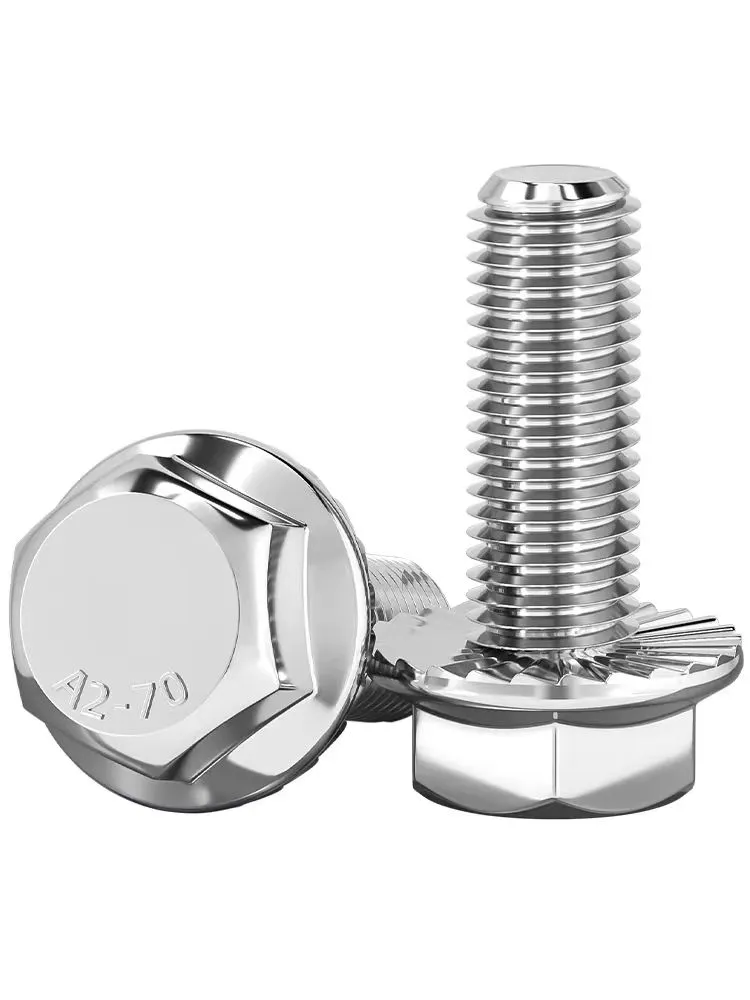

high carbon washers
Dec . 06, 2024 09:08 Back to list
high carbon washers
The Rising Popularity of High Carbon Washers in Industrial Applications
In recent years, the demand for high carbon washers has surged as industries seek materials that can withstand harsh environments while providing optimal performance. High carbon steel is renowned for its exceptional hardness and strength, making it a preferred choice in various applications, particularly in the manufacturing and automotive sectors.
High carbon washers are made from steel with a carbon content exceeding 0.5%. This elevated carbon content not only enhances the wear resistance of these washers but also contributes to their ability to maintain shape and structural integrity under high-stress conditions. This characteristic is particularly crucial in environments where components are subjected to continuous friction, high loads, and extreme temperatures.
One of the primary advantages of high carbon washers is their ability to resist deformation. In applications ranging from automotive engines to industrial machinery, washers play a critical role in distributing load evenly and preventing components from wearing out prematurely. A high carbon washer’s rigidity ensures that it can withstand the compressive forces and cyclical loading common in these settings. This resistance to deformation directly translates to longer service life, which is a vital consideration for manufacturers looking to minimize maintenance costs and downtime.
Moreover, high carbon washers exhibit excellent fatigue resistance. Fatigue failure, which occurs due to fluctuating loads over time, is a common issue in mechanical systems. The inherent properties of high carbon steel allow these washers to endure repetitive stress without succumbing to failure. This durability is essential in high-performance scenarios, where reliability is non-negotiable. Industries that have a low tolerance for failure, such as aerospace and defense, particularly benefit from using high carbon washers, as they contribute to the overall reliability and safety of complex assemblies.
high carbon washers

Corrosion resistance, while not the primary trait of high carbon steel, is often enhanced through various surface treatments. Processes such as coating or galvanization can be applied to ensure that these washers can operate effectively in corrosive environments. This adaptability makes high carbon washers suitable for use in marine applications, chemical processing, and even outdoor construction scenarios where exposure to the elements is a concern.
The manufacturing of high carbon washers involves advanced processes such as forging, machining, and heat treatment. These processes are essential to exploit the full potential of high carbon materials. Heat treatment, in particular, plays a crucial role in achieving the desired hardness and tensile strength without compromising ductility. The precision required in these manufacturing processes ensures that the washers meet stringent industry standards and specifications, providing manufacturers with confidence in their performance.
Furthermore, the growing trend towards automation and the use of advanced manufacturing technologies has allowed for more efficient production techniques, thereby reducing costs. As industries continue to innovate and strive towards higher efficiency, the transition to high carbon washers becomes increasingly attractive. Engineers are continually exploring the properties of these washers to design components that are both lightweight and robust, aligning with the industry's push for sustainability and efficiency.
In conclusion, high carbon washers have carved out a significant niche in various industries due to their unparalleled strength, durability, and resistance to wear. As manufacturers prioritize reliability and performance in their applications, the use of high carbon washers is likely to expand. With continual advancements in manufacturing techniques and surface treatments, the future looks promising for high carbon washers as a cornerstone of industrial component design. Their ability to meet the demanding needs of modern engineering makes them indispensable in the pursuit of innovative and sustainable solutions.
Latest news
-
Hot Dip Galvanized Bolts-About LongZe|High Strength, Corrosion Resistance
NewsJul.30,2025
-
High-Strength Hot Dip Galvanized Bolts - Hebei Longze | Corrosion Resistance, Customization
NewsJul.30,2025
-
Hot Dip Galvanized Bolts-Hebei Longze|Corrosion Resistance&High Strength
NewsJul.30,2025
-
High-Strength Hot-Dip Galvanized Bolts-Hebei Longze|Corrosion Resistance&High Strength
NewsJul.30,2025
-
Hot Dip Galvanized Bolts-Hebei Longze|Corrosion Resistance&High Strength
NewsJul.30,2025
-
Hot Dip Galvanized Bolts - Hebei Longze | Corrosion Resistance, High Strength
NewsJul.30,2025

